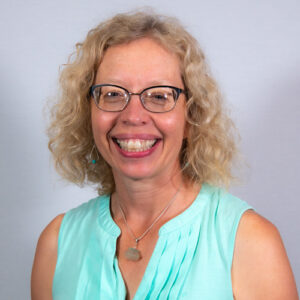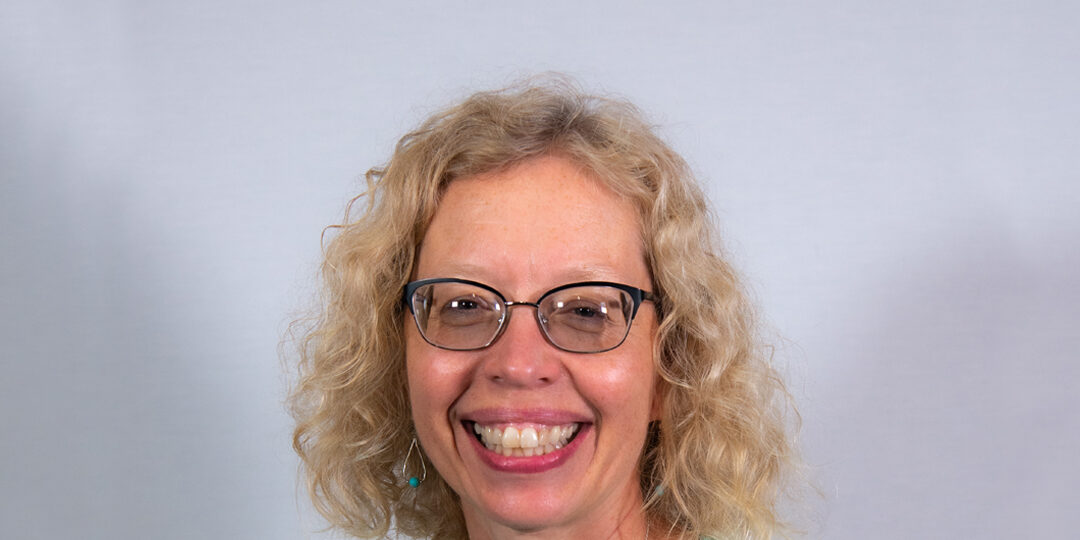
In addition to the kick off of the holiday season, November is also Diabetes Awareness month. National Diabetes Day, which is November 14, is also the birthday of Dr. Frederick Banting, the discoverer of insulin in 1921. Prior to his discovery, anyone who developed Type 1 diabetes did not survive. Type 1 diabetes is a condition where the body is no longer able to make insulin so the body completely loses its ability to control its own blood sugar. It usually starts in childhood but can start at any age.
Type 2 diabetes is the more common type of diabetes. Over ninety percent of people with diabetes have Type 2 diabetes. Type 2 diabetes occurs when blood sugars increase too high for a number of reasons with the decrease in the amount of insulin made by the body being only one reason. Type 2 diabetes tends to occur in adulthood but due to the increase of higher weights, poor diet and decreased activity at younger ages it has become more common in children and young adults.
In the United States, 10.5% of the population has diabetes and 34.5% pre-diabetes. A normal fasting blood sugar is 70-100. A person is diagnosed with diabetes when their fasting blood sugars are above 126 or their Hemoglobin A1c is above 6.5. The Hemoglobin A1c is a three month average of a person’s blood sugar so the test does not have to be done fasting. A 6.5 A1c is an average blood sugar of 140. A normal A1c is 5.7 or less. Pre-diabetes is a fasting blood sugar between 100 to 125 and a hemoglobin A1c from 5.8 to 6.4.
Symptoms of high blood sugars may include extreme thirst, frequent urination, slow healing wounds, extreme hunger, blurry vision and fatigue. It is recommended to be screened for diabetes yearly if you are considered at risk for diabetes because high blood sugar symptoms usually do not occur unless the blood sugar is over 200 most of the time.
The risks for diabetes include:
- high weight
- inactivity
- A family history of diabetes
- Non white individuals
- Age over 45
- History of gestational diabetes or high blood sugars during pregnancy
- Polycystic ovary syndrome
- High blood pressure
The benefit of yearly screening is diagnosing diabetes early or even better, in the pre-diabetes stage. The earlier the diagnosis of high blood sugar, the earlier treatment and better blood sugar control can begin. Uncontrolled diabetes can cause unwanted complications that affect our eyes, kidneys, nerves and blood flow. Our bodies are meant not to have syrup in its veins and that is what uncontrolled blood sugars can be like.
The cornerstone of diabetes treatment is the person with diabetes themselves! The person is the center of care and working with their provider, will decide what goals to set. The three basic treatments of high blood sugars are food choices, activity and medications although diet and activity are the first line of defense.
Some basic food guidelines are: avoid highly processed foods such as foods made from a box, are premade or can be made instantly; foods with a lot of added sugar especially sugary drinks such as sodas; or simply eating more food than is needed. Any kind of activity helps blood sugars but 150 minutes per week, which is about 20 minutes per day, of an activity that raises heart rate and causes harder breathing is the goal.
There are many different types of medications to treat diabetes, both oral and injectable. Because diabetes is complicated, a person may have to be on more than one medication especially the longer they have diabetes. It is a condition that changes over time so treatment often has to change over time also.
Medical providers, dietitians, diabetes educators and pharmacists are all a part of the team that can help a person with diabetes live a long and healthy life.
NorthLakes is now offering Nutrition Therapy. If you are struggling with diabetes, are pre-diabetic or would like to receive nutrition counseling, Rebecca Crumb Johnson, MA , RD, CDCES is a registered dietitian and certified diabetes educator at NorthLakes Community Clinic and can meet with you. She is currently seeing patients in-person in Ashland and Hayward, and virtually in Iron River, Hurley and Minong.







